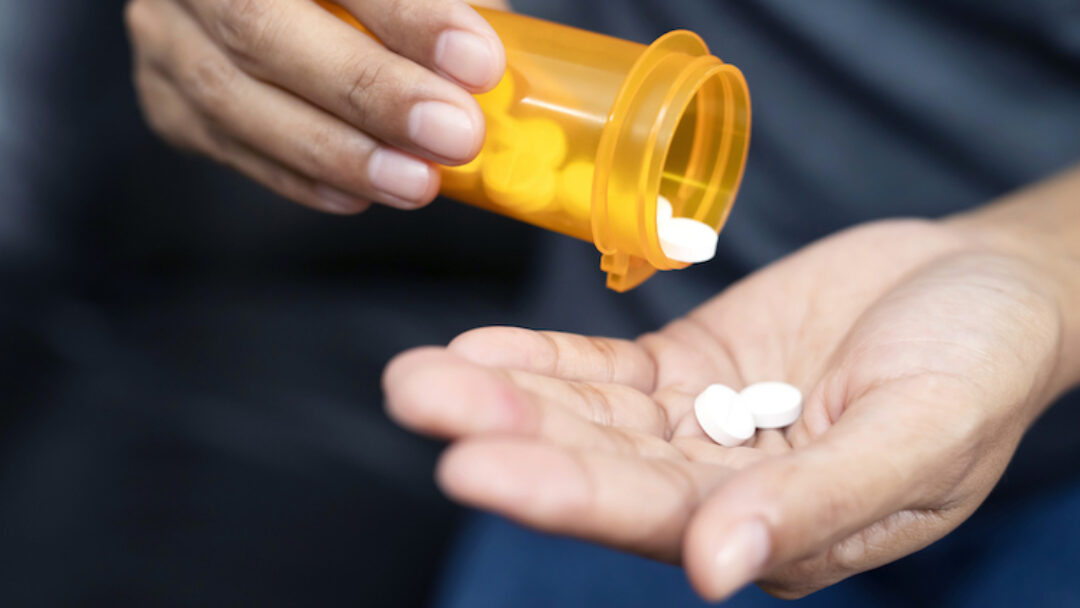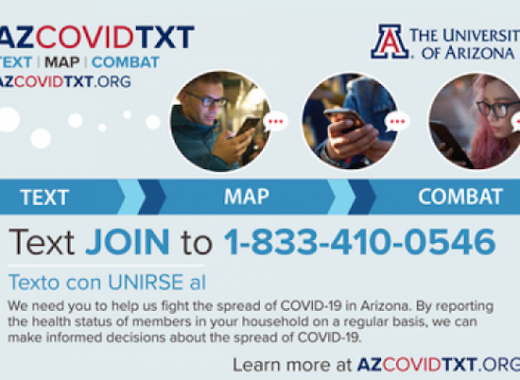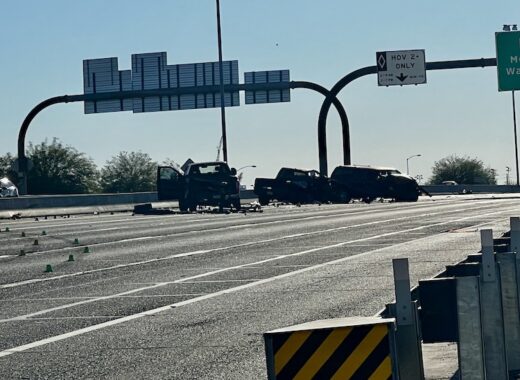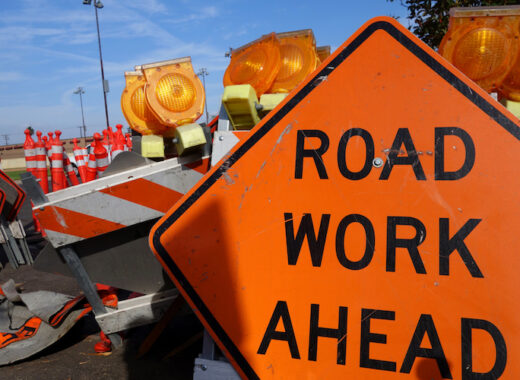Maricopa County will invest approximately $2 million of its opioid settlement dollars in 12 local organizations doing important work to expand youth prevention and treatment; add recovery programs; bolster harm reduction programs; and enhance processes for smoothly transferring a person from one service to another.
“Sadly, this epidemic impacts more and more families every day,” said Board of Supervisors Chairman Clint Hickman, District 4. “With this investment, we will support those agencies working on the front lines, helping residents find the resources they need while also supporting agencies working to prevent our youth from ever starting down the road of addiction.”
To date, Maricopa County has received $12.5M of its share of the distributor and Janssen opioid settlements and the Mallinckrodt bankruptcy. Maricopa County cities and towns have received $11.8M. When these two settlements are paid in full in 2038, Maricopa County will have received about $67.7M and its cities and towns, $63.7M.
In addition to its investment in community-based organizations, Maricopa County has also invested $1.5M with opioid settlement funds towards the expansion of a medication-assisted treatment program in Maricopa County jails. This program now allows many of those entering the jails the opportunity to begin an opioid treatment regimen that can be continued upon exiting the jail.
“Correctional Health Services (CHS) has brought on two Addiction Medicine specialist physicians and five addiction advanced practice providers since February to service all Maricopa County Jail facilities,” said Dr. David Crutchfield, CHS Medical Director. “We now have over 400 patients enrolled in our Opioid Treatment Program. We continue to expand the program daily in partnership with our Mental Health Community Transition team and clinic navigators.”
Opioid overdose deaths per 100,000 people in Maricopa County have gone up significantly since 2012, from 5.2 to 28.8 per 100K in 2021. During that same timeframe, overdose death rates involving synthetic opioids (e.g., fentanyl) increased more than 6000%, from 2.4 to 25.9 per 100k. In both 2020 and 2021, about 91% of drug overdose deaths among those ages 15-24 involved synthetic opioids.
Public Health is serving as the lead agency for Maricopa County funds and is currently developing a framework for a countywide substance use prevention and response plan that will be used to help identify strategic priorities and investments needed to achieve desired outcomes. It will use state and county substance use data, as well as input from residents and subject matter experts, to inform recommendations on strategies and spending priorities. The plan will be released this fall.
Settlement funds must be spent in accordance with approved, nationally recognized strategies to address the opioid epidemic. Approved uses include expenses related to the treatment of opioid use disorder, support for people in treatment and recovery, support for people who have or are at risk of developing opioid use disorder, and prevention of overuse and misuse of opioids. More can be found at One Arizona Distribution of Opioid Settlement Funds Agreement.
Information about current substance use initiatives, overdose data, and updates about the settlement can be found at maricopa.gov/SubstanceUse.
The following 12 organizations received funding:
| Organization | Funding Amount for FY 24 |
| Banner Health Foundation | $199,675 |
| Banner Poison and Drug Information Center | $153,776 |
| Chicanos por la Causa | $200,000 |
| Community Bridges | $175,000 |
| Community Medical Services | $200,000 |
| Live and Learn Arizona | $60,000 |
| Neighborhood Ministries | $300,000 |
| notMYkid | $250,000 |
| Rise Up! Glendale | $50,000 |
| Shot in the Dark | $124,110 |
| Skye’s the Limit! Foundation | $174,999 |
| Terros Health | $67,495 |








